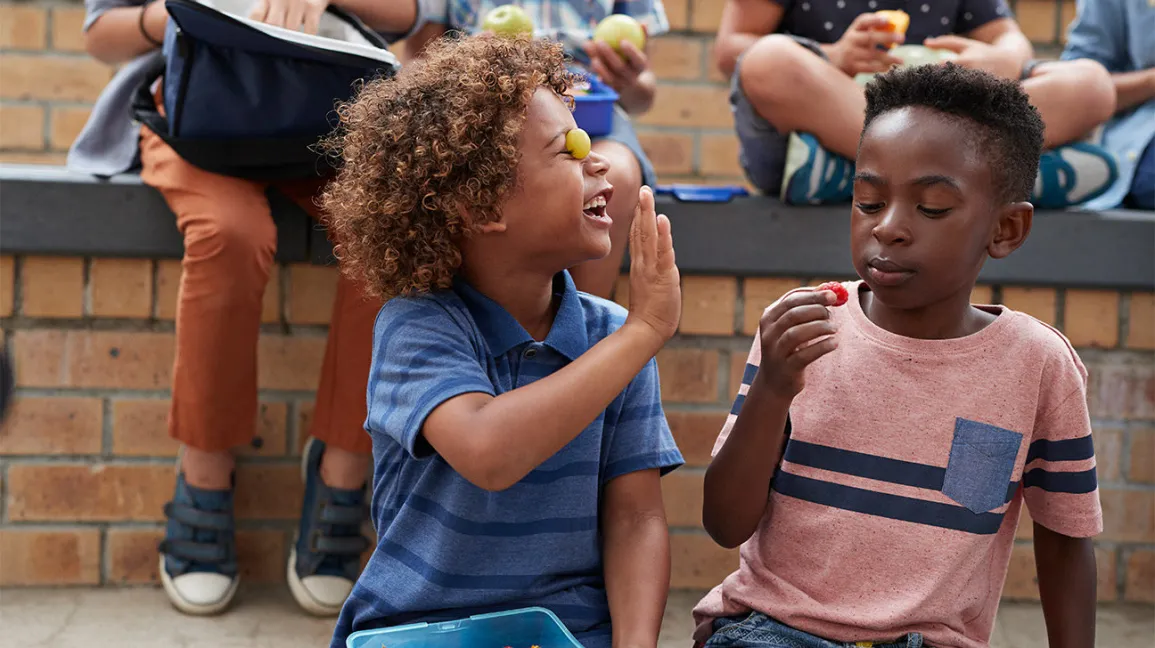A baby is born defenseless and vulnerable, unable to care for themselves, only to be able to successfully communicate and walk by the end of its second year of life. From birth on, they go through monumental changes and overcome multiple challenges to adopt these invaluable skills.
Since mastering all of these abilities is no easy task, parents can (and should) do a lot to help. To do this, it’s important for mom and dad to know what developmental stages their little one will go through. This way, they’ll be able to monitor if the child is right on track, spot any potential delays, and address difficulties if necessary.
How do children’s gross motor skills develop from age 0 to 2?
Here’s a rundown of the biggest breakthroughs in the motor development of a baby under the age of 2:
- 6 weeks: Holding their head up while they’re lying on their belly.
- 3 months: Propping themselves up on their forearms and lifting their chest up from the surface.
- 4 – 5 months: Independently rolling over from their back to their belly.
- 6 months: Sitting up on their own.
- 8 – 9 months: Crawling on their hands and knees.\
- 10 – 11 months: Standing without support.
- 12 months: Walking unassisted.
- 16 – 18 months: Jumping.
- 18 – 24 months: Running.
Throughout the world, most babies follow this developmental pattern. However, these time frames are approximations and the speed of every child’s development is individual. For instance, there are children who’ll walk before they crawl or skip crawling altogether.
Some kids will achieve these milestones sooner and some will need some extra time to get there. If you notice that your baby’s development is deviating from these guidelines, this isn’t a reason to panic. This is usually a matter of normal variation between healthy children, and no cause for concern. It may only mean that you’ll need to give them some additional help in adopting these skills.
Overall, research suggests that practicing these skills consistently can help the child acquire them faster. Make sure you provide them with lots of practice. For example, if they’re starting to show a propensity for jumping, visit a wonderful trampoline park together. If you’re worried, it’s always a good idea to talk to your pediatrician.
How does hand coordination develop in the first years of life?
The majority of infants are good enough with their hands by the age of 4 to 6 months to be able to hold a toy and shake it. This is also the time when they’re learning how to move a toy between their right and left hand. At this point, they have the ability to grasp an item that’s standing still, but they can’t grab one that’s moving. They’re also incapable of grabbing bigger items because they only tend to hold onto things with one hand.
Once they’re between 6 and 9 months of age, they’ll get progressively better at doing these actions. Now they can also easily grasp items that are moving, such as catching a ball. In addition, they get more proficient at holding onto things with both of their hands.
How does fine motor development occur in the first 2 years of life?
Fine motor skills require a high degree of coordination and delicate movement, and they have to do with finger dexterity. Here are some general guidelines as to what you can expect:
- 8 – 10 months: Starting to hold items between their thumb and index finger. Eating with a spoon (though they may still be clumsy) and drinking from a cup.
- 12+ months: Holding a spoon with a precision grip. Using markers to draw.
- 18+ months: Drawing with more precision.










